Why warts grow is a question that a dermatovenerologist can often hear from a patient.
These neoplasms often cause not only aesthetic but also physical discomfort.

It is therefore not surprising that patients care about how to get rid of them.
Patients often wonder what these formations are and why warts grow on the hands and other parts of the body.
What provocative factors affect their appearance and what are the ways to escape from the pathology?
Warts: What are they?
If a person finds that the wart has started to grow, he inadvertently wonders what it is and where these growths come from.
Warts are benign lesions of the skin.
A person's appearance is responsible for infecting a person with papillomavirus.
The virus is considered to be very common, affecting about 90% of the entire population of the planet.
The peculiarity of the infection is that its symptoms may not be present for a long time.
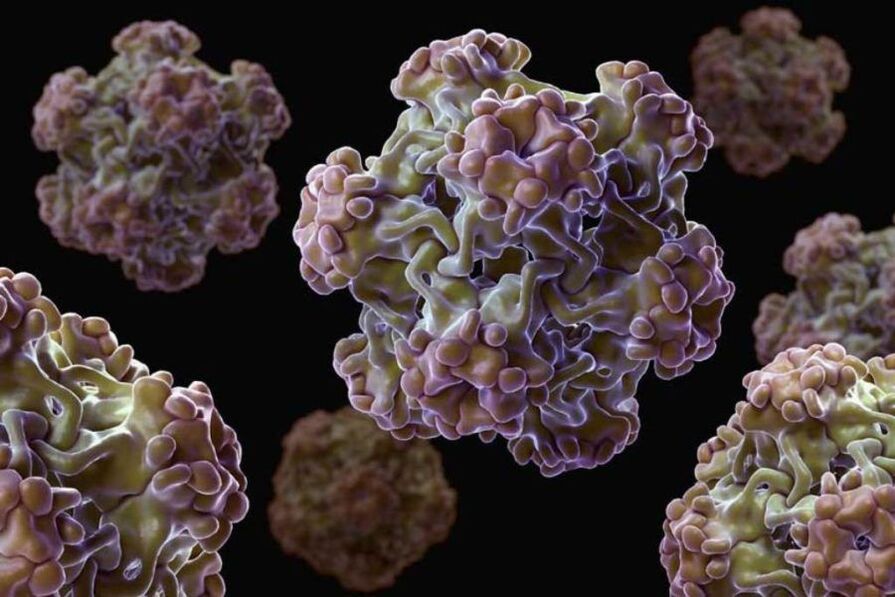
As long as the body is not subject to any negative impact.
Today it is very easy to become infected with HPV, as doctors say.
There are several ways.
- Sexual contact. Sex without a condom easily causes the infection to pass from the sick or the carrier to the healthy. Moreover, even condoms do not always protect a person from this viral pathology. Although this significantly reduces the likelihood of infection. It is important to remember that not only classical sexual intercourse is dangerous, but also oral and anal sex.
- Vertical path. Another fairly common method of infection. In this case, the virus enters the child's body from the body of the sick mother. The moment he passes through his birth canal. In exceptional cases, transplacental infection is also possible. But this requires the fulfillment of special conditions.
- Contact-household way. Human papillomavirus can be left on ordinary sponges, towels and linens. Naturally, if a healthy person comes in contact with the infected person's personal hygiene items, it is possible to become infected.
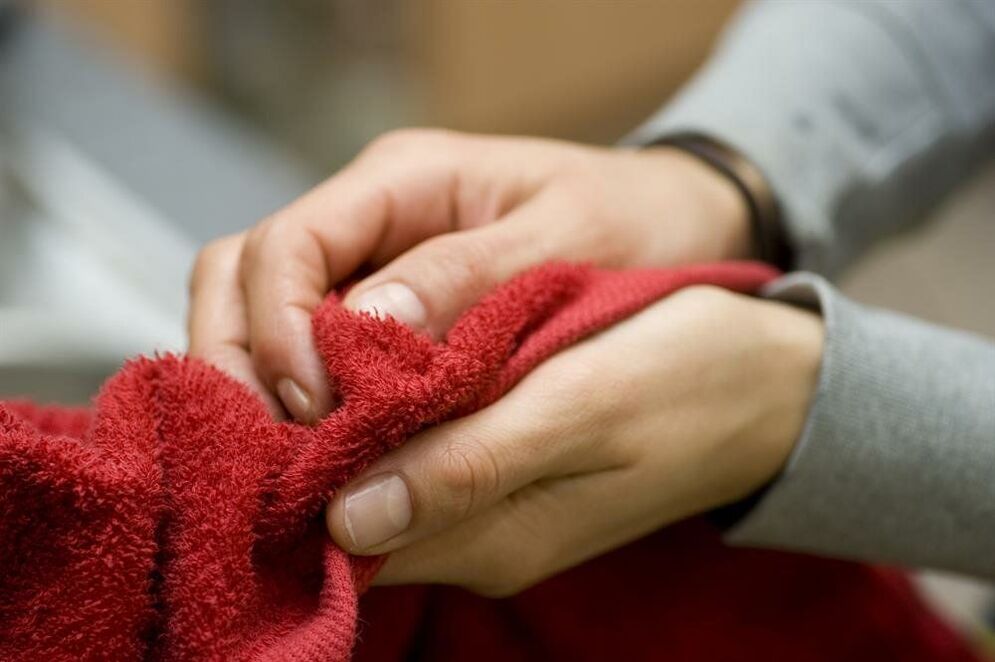
It is important to remember that warts are just one manifestation of HPV.
Also, the virus can be detected by developing papillomas, genital warts and other types of neoplasms.
Moreover, some subspecies of the virus are highly oncogenic.
This can lead to the development of malignant neoplasms if treatment is not received in a timely manner.
Types of warts
No matter how fast the wart grows, doctors distinguish between several types of these unpleasant skin formations.
Depending on the type of wart, we can judge its localization as well as the probable characteristics of removal.
Allocation:
- Normal formations, most often formed on the face and hands, and especially often in children suffering from them, in most cases many growths appear at once, they are seldom solitary;
- Flat neoplasms - another variant of the pathology that affects the face, neck, arms, often do not differ from the general tone of the skin, which may complicate their detection to some extent;
- Plantar warts form on the soles and their structure resembles that of the most common corn, which can cause considerable discomfort while walking;
- Older growths appear in elderly patients, they are usually initially small in size, but over time they acquire an obvious tendency to grow, can cause discomfort as they are often located on closed parts of the body and are subject to friction.
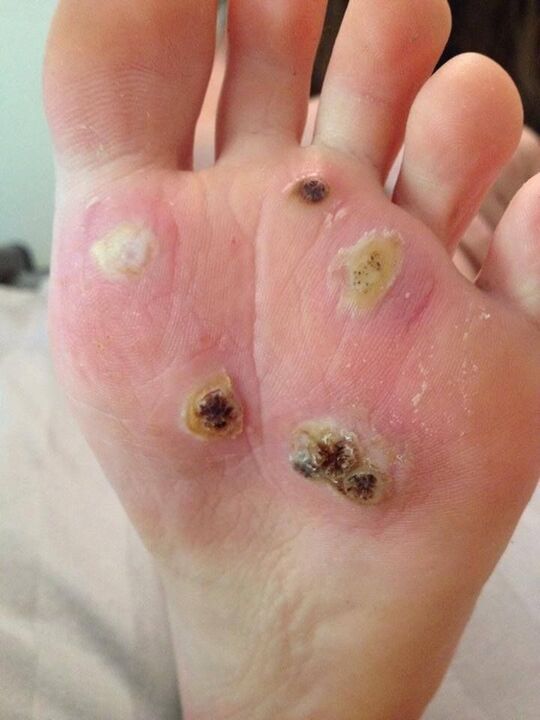
Some refer to genital warts as warts, but this is not entirely the case, although the nature of the formations is similar.
It is very important to understand what species the identified wart belongs to.
Whereas this will allow the physician to choose the optimal removal tactics as well as the means of preventing recurrence.
Causes of warts
Often patients who are wondering why warts grow on the body, face and limbs, ask doctors if the localization of the formations depends to some extent on their nature.
It is important to understand that the main cause of appearance is always the same - it is a human papillomavirus that is activated in the body.
If the patient is not infected with HPV, then he will have warts nowhere and never.
If there is a virus in the body, the neoplasm can appear anywhere.
In some people, the virus will not be felt for a lifetime.
Moreover, if the immune system is strong enough, the patient may not even know he or she is infected.
Unless specialized studies have been conducted.
If a neoplasm has appeared, we must understand that the infection has already occurred.
Today, unfortunately, it is impossible to expel HPV from your body.
However, with effort, you can minimize the recurrence of the pathology so that the virus no longer recalls itself.
Warts grow on the headMost often due to the fact that most of the blood vessels.
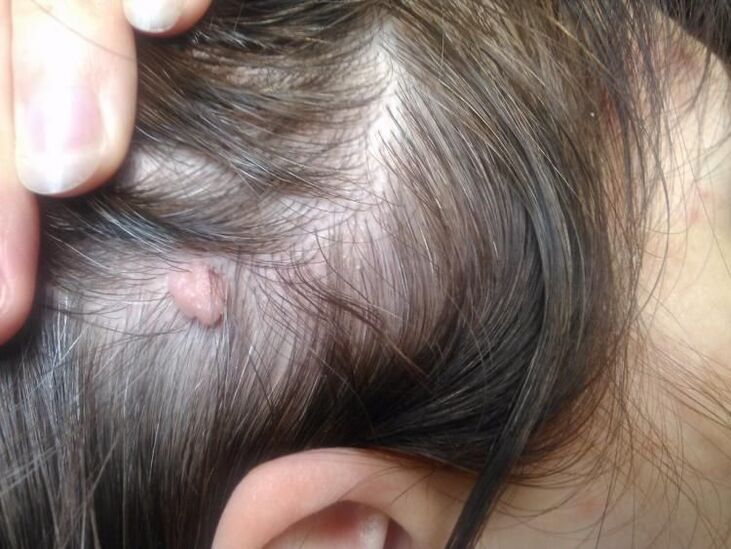
This means that the easiest way for the virus to get into these zones is to infect the maximum number of cells.
But why are other parts of the body damaged, patients are often asked.
Why do warts grow on the hands
It is not uncommon for people to ask doctors why warts grow on their fingers.
There are several reasons.
First of all, as doctors point out, the reason is that the hands are one of the main parts that are in constant contact with the external environment.
Consequently, the easiest way for the virus to enter the body is through contact-household contact.
It is true, as doctors point out, that if there are no bruises or injuries on the skin of the hands, the risk of infection is minimized.
But if the patient's skin is traumatized, it becomes very easy to become infected.
Among other reasons, they are called:
- Constant contact with outdoor objects in public places (hands, door handles, common items) that may be infected;
- Shaking hands with a person who is infected with HPV and has a characteristic rash or microtraumas on the skin of the hands through which the virus can spread to a healthy person;
- Excessive dryness of the skin, which contributes to the formation of various microtraumas;
- Sweating of the hands, which also negatively affects the protective properties of the skin;
- Regular skin trauma to the hands (work in industries without gloves, wounds, etc. );
- Ignore the recommendation to use gloves in cold weather (slowing blood flow to the hands allows viruses to accumulate and infect healthy cells more actively).

Warts in the area of the roots
The wart on the foot often grows as well.
The patient may initially ignore it for a long time or fight it just like a normal fighting locust.
But these methods prove ineffective.
There are several reasons for the appearance of HPV growths in the root zone:
- The wart hurts and grows on the foot if a person often wears shoes made of unnatural material in which the skin is very sweaty and the foot does not allow it to breathe normally;
- The appearance of an abnormal rash is also possible if the patient walks barefoot in saunas, baths, swimming pools (because these places are considered public places, the virus easily penetrates into the environment and due to high humidity it can also stay in it for a long time);
- Constant wearing of rubber shoes also adversely affects heat exchange and sweating, which can lead to the development of infection;
- As in the case of the hands, excessive dryness of the skin also plays a role, causing a simpler injury to the skin than usual (for example, dryness often causes the heels to crack, and wounds to become a good gateway to infection);
- Fungal diseases of the feet also contribute to HPV infection as they lower local immunity.

The wart began to grow: provoking factors
As already mentioned, human papillomavirus, even if it is an infection, is not detected in all people.
What if the wart grows and itches if it hurts?
This is a reason to think that the body was affected by any pathological factor that negatively affected the immune system.
Among the factors that cause warts to grow or provoke are often called:
- The presence of any type of diabetes in a state of decompensation;
- HIV infected;
- Decreased immunity under the influence of unfavorable environmental factors (for example, being in the cold, unhealthy diet, etc. );
- A period of pregnancy that is always associated with immunosuppression, otherwise the woman cannot bear the fetus;
- Use of glucocorticosteroid hormone-containing medications that have immunosuppressive effects;
- Some severe genetic pathologies can lead to virus activation;
- Ignoring the rules of hygiene can lead to abnormal processes in the body;
- Ignoring the principles of protection during sexual intercourse also often leads to infection and subsequent development of the disease;
- Exposure to severe stress and overwork in all cases adversely affects the body's immune system.
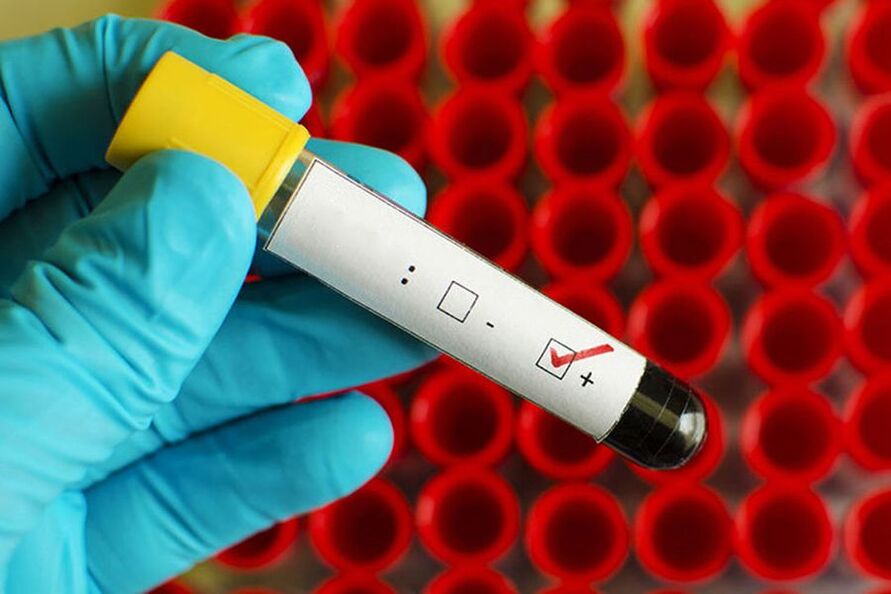
Exposure to one or more of these factors can lead to the fact that warts begin to grow in adults or children.
Wart removal methods
What to do if a wart grows, many patients are interested in their attending physicians.
After all, this pathology, although usually not painful, still causes aesthetic discomfort.
Especially ifThe wart grows on the face. . .
First of all, a patient with a similar problem is advised to undergo sediment removal.
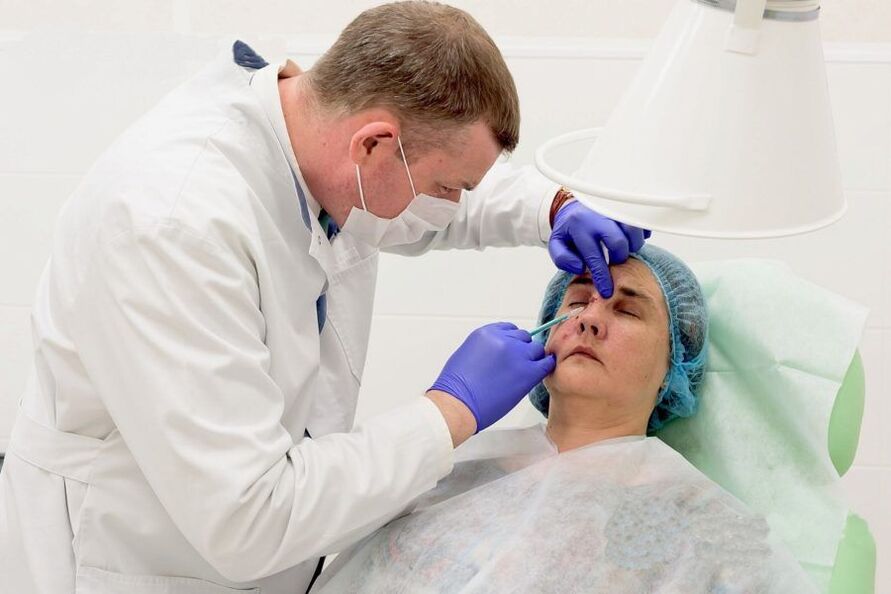
You can choose one of the following methods:
- Chemical removal with the help of special medications that cauterize the neoplasm until it completely disappears;
- Laser removal, which is also based on directed beam burning, which minimally damages the surrounding tissues;
- Cryotherapy, during which the removal is carried out with the help of nitrogen, which sharply cools the pathological tissues, thereby killing them;
- Electrocoagulation is another popular method in which removal is provided due to the power point effect;
- Surgical intervention is a technique used in exceptional cases if the increase is large or there are contraindications to the use of other methods of intervention.
If the wart on the eye has grown or the growth is localized on another part of the face, you should definitely consult a doctor.
You can not fight such delicate neoplasms independently.
As this can lead to serious complications.
After removal the doctor can not guarantee that the warts will no longer appear.
Recurrences of pathology are recorded in about 30% of cases.
Also, in some cases, the formations disappear by themselves without external interference.
Which doctor should you consult if your warts grow?
If warts grow on the neckOr other parts of the body, then which doctor to consult, patients are interested.
First of all, it is worth a visit to a dermatovenerologist.
It is this specialist who deals with various skin pathologies, including viral infections.
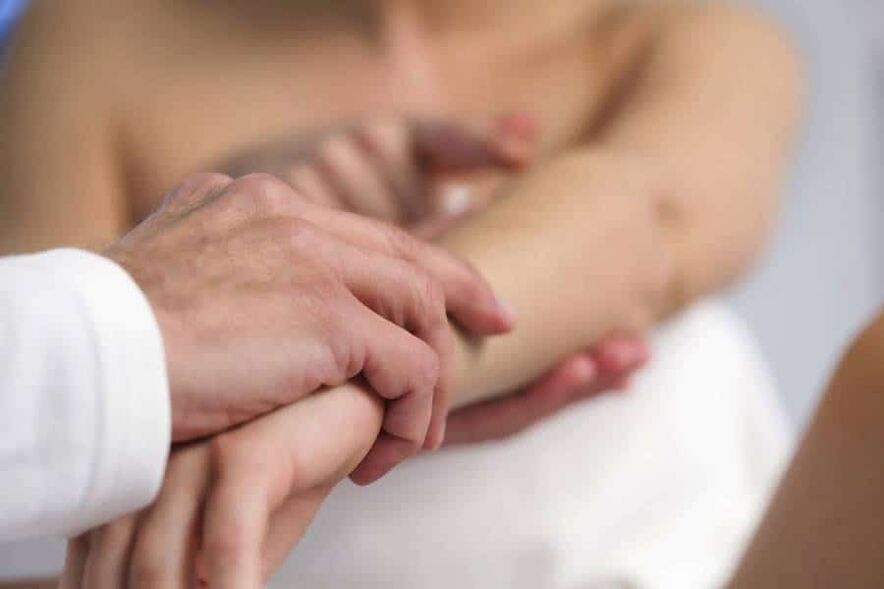
The doctor specializes in both dermatology and venereology.
He can also give advice on how to boost immunity to prevent the recurrence of neoplasms.
Warts are unpleasant growths on the skin.
They significantly reduce the aesthetic appeal, especially if they are located in conspicuous places.
A person suffers especially severely when the face is injured.
A timely visit to the doctor will help you to easily get rid of the growth caused by the impact of HPV.
And adherence to the recommendations will prevent recurrences.
In case of warts, consult a dermatovenerologist in a specialized clinic.














































































